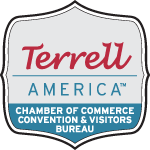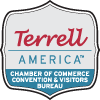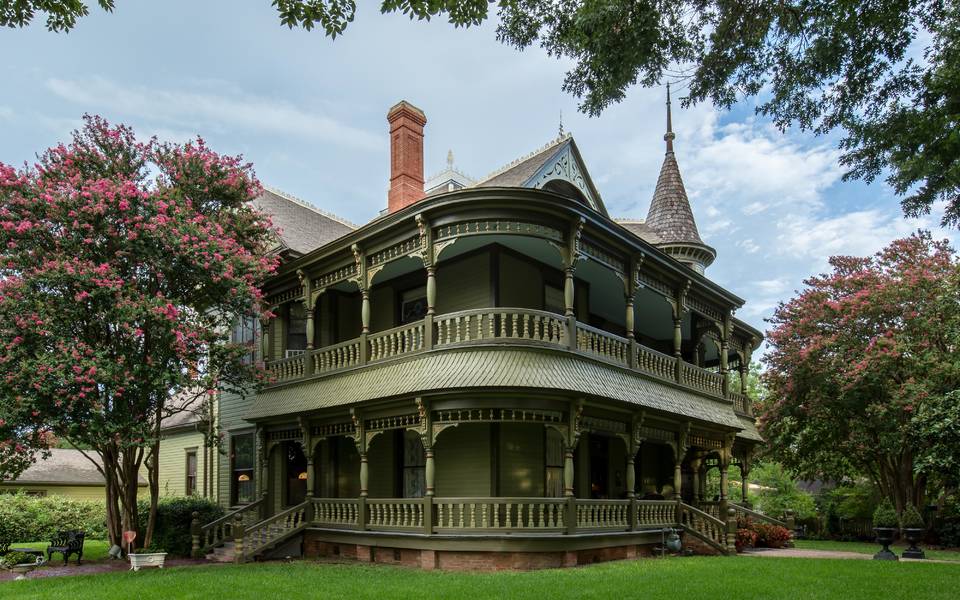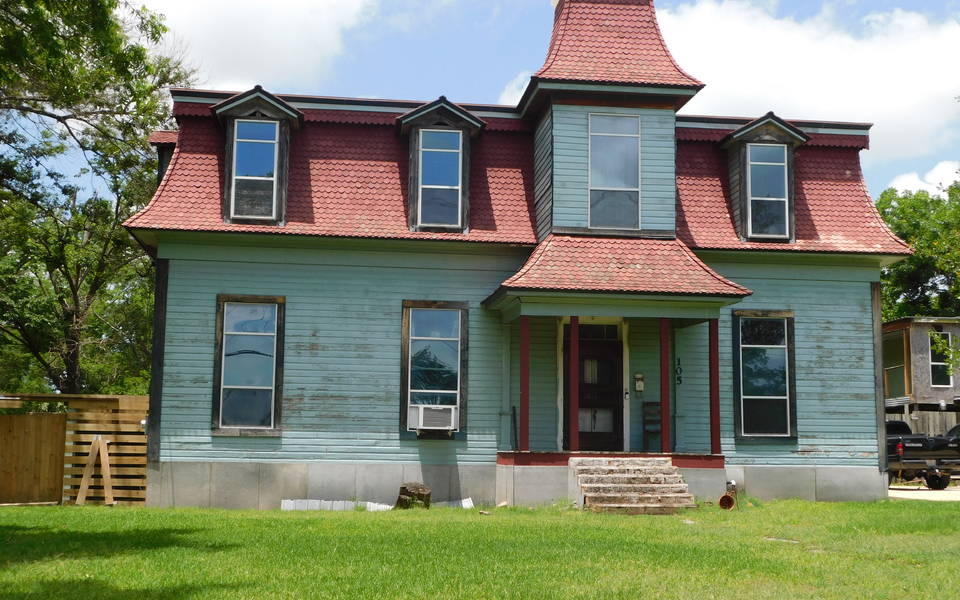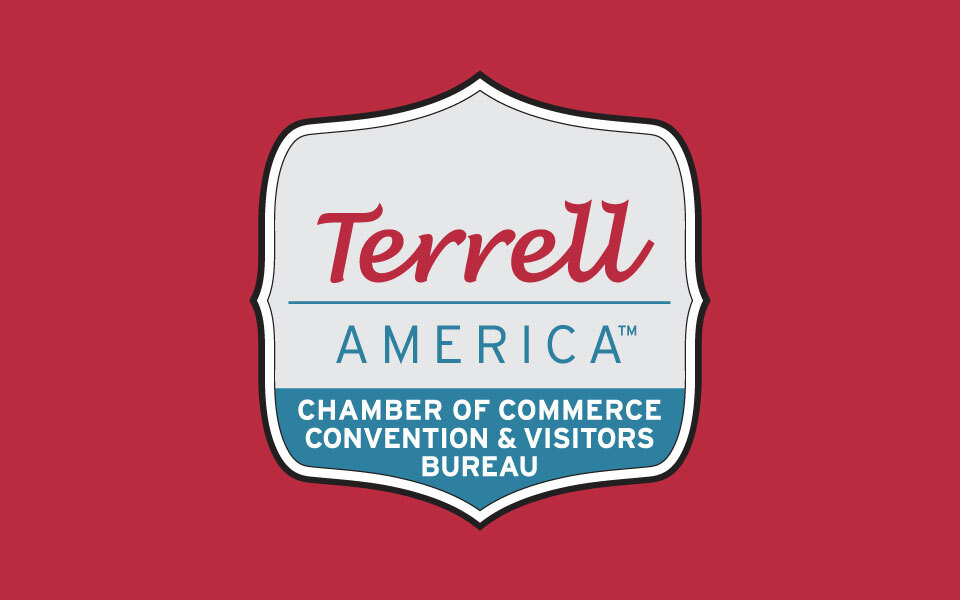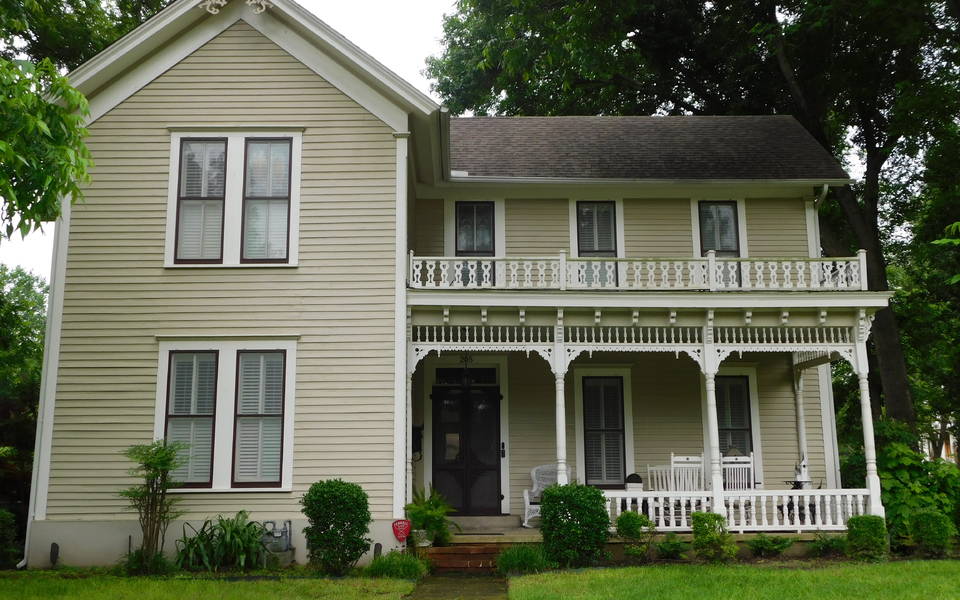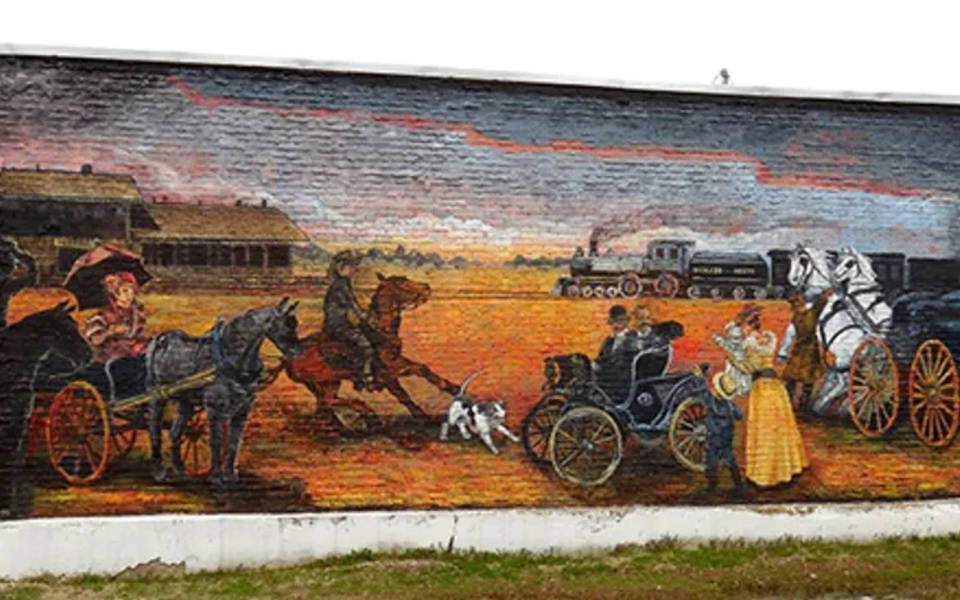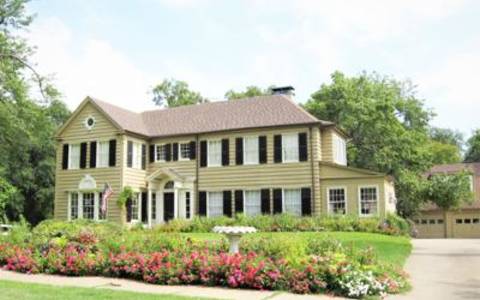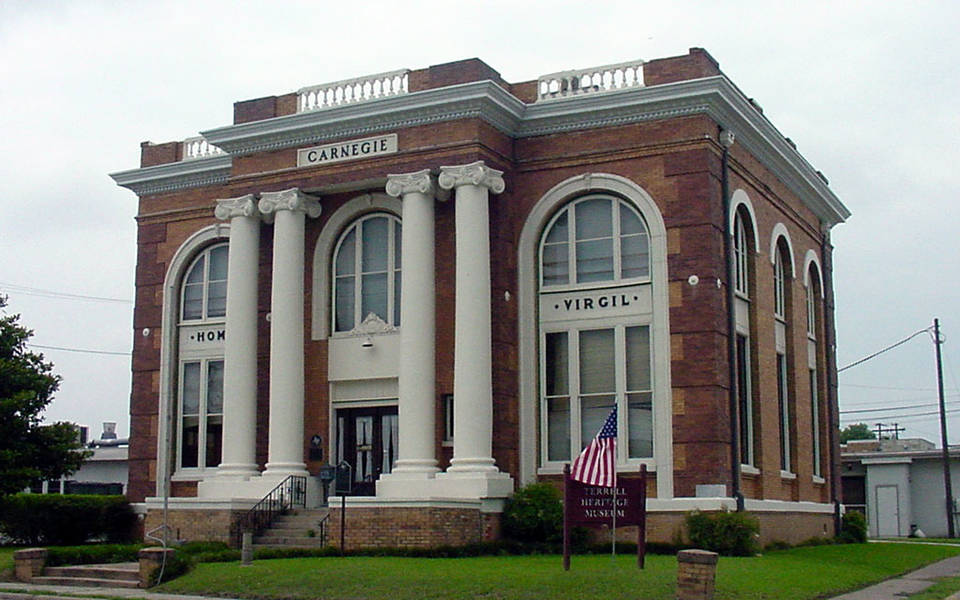John H. Corley Home
Built in 1985 by John H. Corley, a prominent Terrell banker, the house remained in the Corley family until 1981. The interior has remained unchanged and has been restored to its original grandeur. Features include a grand staircase, intricate fretwork and curly pine wood trim.
